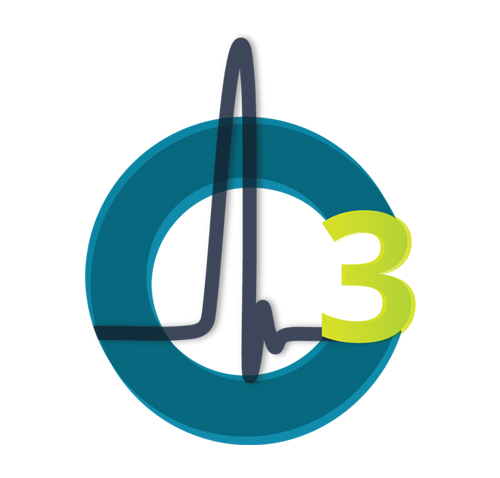Summary
Power and cooling for large-scale computing systems are rapidly becoming unmanageable problems for the enterprises which depend on them. The trend towards large, centralized computing facilities to house supercomputers, data centers, and special purpose computers continues to grow, driven by cloud computing, support of mobile devices, Internet traffic volume, and computation-intensive applications. Conventional computing systems, which are based on complementary metal-oxide-semiconductor (CMOS) switching devices and normal metal interconnects, appear to have no path to be able to increase energy efficiency fast enough to keep up with increasing demands for computation.
Superconducting computing could offer an attractive low-power alternative to CMOS with many potential advantages. Josephson junctions, the superconducting switching devices, switch quickly (~1 ps), dissipate little energy per switch (< 10^-19 J), and communicate information via small current pulses that propagate over superconducting transmission lines nearly without loss. While, in the past, significant technical obstacles prevented serious exploration of superconducting computing, recent innovations have created foundations for a major breakthrough. Studies indicate that superconducting supercomputers may be capable of 1 PFLOP/s for about 25 kW and 100 PFLOP/s for about 200 kW, including the cryogenic cooler. Proof at smaller scales is an essential first step before any attempt to build a supercomputer.
Superconducting computing research currently consists of a few, scattered efforts with no initiative focused on advancing the field overall. Major research challenges include insufficient memory, insufficient integration density, and no realization of complete computing systems. The C3 Program will address these challenges with the goal of establishing superconducting computing as a long-term solution to the power- cooling problem and a successor to end-of-roadmap CMOS for high performance computing. Success of C3 will pave the way to a new generation of superconducting computers that are far more energy efficient than end-of-roadmap CMOS and scalable to practical application.

